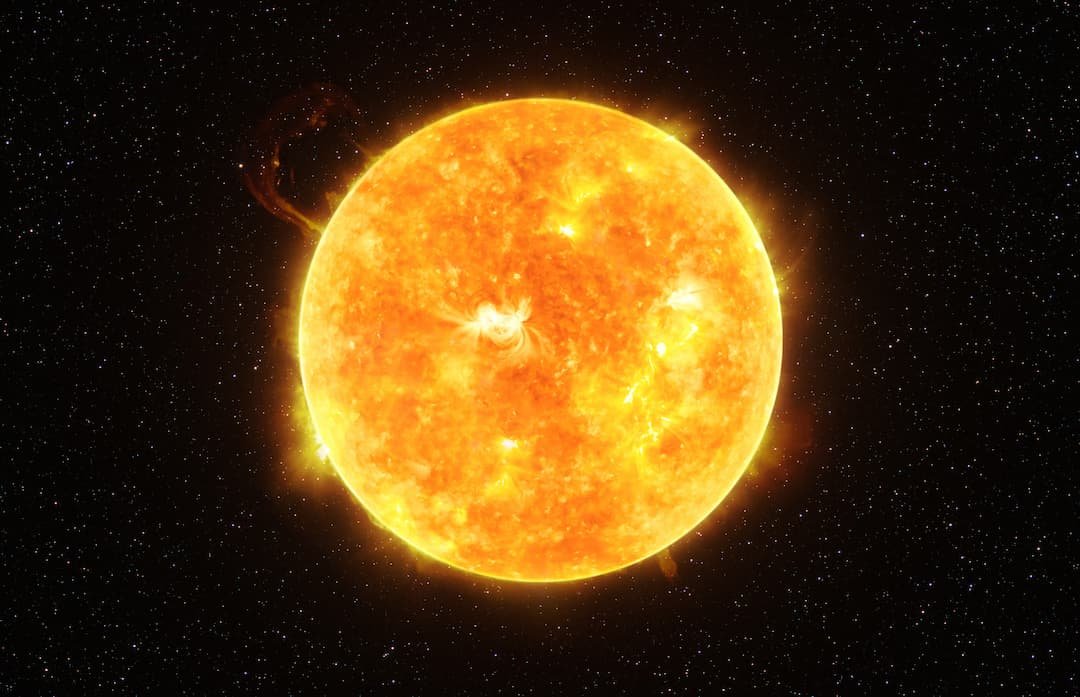 Nope, we’re not talking about your favourite celebrity but our favourite kind of superstars, the ones which you can find in the night sky…
Nope, we’re not talking about your favourite celebrity but our favourite kind of superstars, the ones which you can find in the night sky…
There’s billions of stars up there, but here’s just a few of the more well known ones to get to grips with…
The Sun - The main bigwig, the one we’re all relying on to keep the earth living and breathing. The Sun provides all the heat and light which our solar system relies on. It’s technically a ‘yellow white dwarf’ star and it’s 4.6 BILLION years old.
Sirius (Canis Majoris) - Used by ancient generations as a navigational aid for those long sea voyages as well as a way to mark the change in seasons throughout the year. Sirius is the brightest star in the Canis Major constellation, otherwise known as the Big Dog. It’s also over 25 times more luminous than the sun - amazing!
North Star (Polaris) - The 45th brightest star in the night sky (if you’re counting!). It’s located around 430 light years away from Earth and has been used as a navigational tool in the northern hemisphere for centuries. Fun fact, Polaris wasn’t always the north star because Earth’s axis wobbles over thousands of years and points in different directions. It may change again in the future but for now it remains a guiding star…
Vega - Vega is a blue star which ranks pretty highly in terms of brightness - it’s the brightest star in the Lyra constellation, the fifth brightest star in the night sky AND the second brightest star in the northern celestial hemisphere. Vega is characterised as a white dwarf star and is approximately 2.1 times as big as the Sun. It’s also a pretty close neighbour as stars go, located just 25 light years away from Earth.
Canopus (Alpha Carinae) - The brightest star in the southern constellation of Carina and the second brightest star in the nighttime sky. It can be found over 300 light-years away from Earth and is named after the mythological Canopus, the navigator for king Menelaus of Sparta in The Iliad.
Make your mark and leave a lasting impression on our incredible night sky by naming a star! Find out how to get started right here
